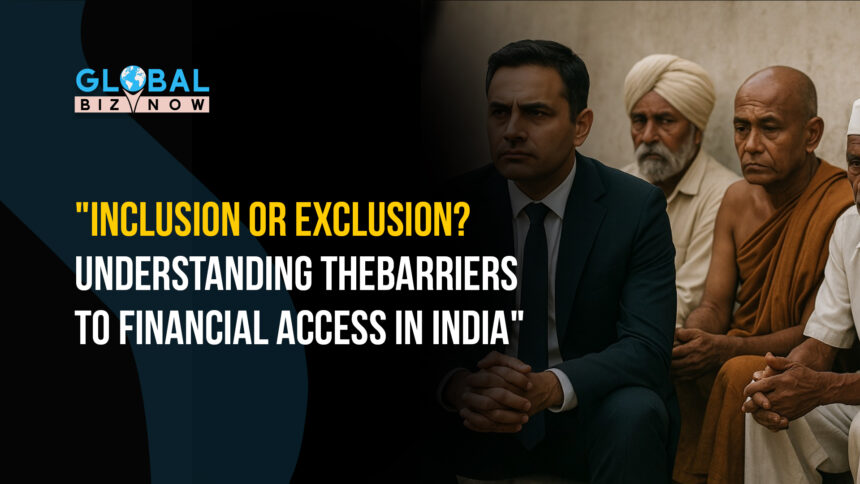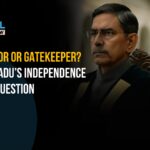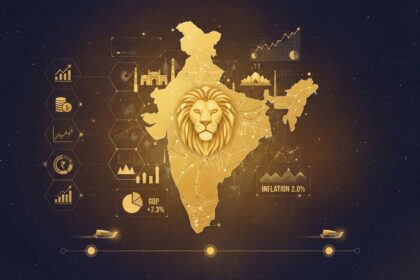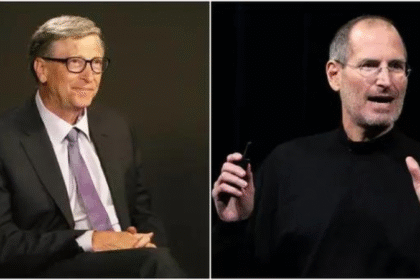India, one of the fastest-growing economies in the world, has made substantial strides in expanding financial inclusion in recent years. Initiatives such as the Pradhan Mantri Jan Dhan Yojana (PMJDY), the Digital India campaign, and the push towards financial literacy have brought millions of Indians into the formal financial fold. However, despite these efforts, the question remains: How inclusive is financial inclusion, especially across various economic, social, and religious groups in India?
This article examines the patterns of financial inclusion in India, highlighting disparities across different socio-economic, occupational, and regional groups, with an emphasis on rural versus urban differences.
Understanding Financial Inclusion in India
Financial inclusion refers to the process of ensuring that all individuals, regardless of their socio-economic status, have access to basic financial services, such as savings accounts, credit, insurance, and payment systems. Achieving financial inclusion is essential for fostering economic growth, reducing poverty, and improving the standard of living across the country.
In India, financial inclusion has been a priority of both government policies and private sector initiatives. According to the World Bank’s Global Financial Inclusion Database, India has seen a significant improvement in financial inclusion over the past decade, with the percentage of adults with a bank account rising from 35% in 2011 to over 80% in 2021.
However, this overall progress masks the deep disparities that persist across various demographic groups.
Disparities in Financial Inclusion
Despite the national push for financial inclusion, the benefits are not equally distributed. The level of financial inclusion remains unsatisfactory across certain socio-economic, religious, and regional segments. The National Sample Survey (NSS) data and RBI reports have revealed that while the overall percentage of households with access to formal financial services has improved, substantial gaps remain when viewed through the lens of caste, religion, occupation, and geography.
Economic and Social Groups
Among the socio-economically disadvantaged groups, including Scheduled Castes (SCs), Scheduled Tribes (STs), Muslims, and Buddhists, financial inclusion remains low. For example:
- Scheduled Castes and Scheduled Tribes: A study by the Institute of Financial Management and Research (IFMR) revealed that only 54% of SCs and 57% of STs have access to formal financial services, compared to 80% of general category households. This disparity is largely due to low income, geographical isolation, and a lack of financial literacy.
- Muslims: According to a study by the Centre for Study of Developing Societies (CSDS), around 60% of Muslims remain outside the formal banking sector. The primary reasons cited include religious beliefs, which influence the reluctance towards interest-based financial products, and social exclusion.
- Buddhists: The financial inclusion of Buddhists, primarily concentrated in Maharashtra and parts of Uttar Pradesh, lags behind other groups, with less than 50% of Buddhists having access to formal financial services, according to the Bharatiya Janata Party (BJP) government’s recent data on caste-based disparities.
Urban vs Rural Divide
A key finding of this study is the stark contrast between urban and rural areas. While rural areas have seen an improvement in access to financial services due to government schemes like PMJDY, urban areas still suffer from significant disparities in financial inclusion across various social and economic groups.
- Rural Areas: The level of financial inclusion is relatively better in rural areas. According to a NABARD report, the percentage of rural households with access to financial services has increased from 41% in 2011 to 65% in 2021. This increase can be attributed to the growth of microfinance institutions (MFIs), financial literacy programs, and village-level entrepreneurship initiatives. Additionally, rural banks and post offices have played a pivotal role in bringing financial services to remote areas.
- Urban Areas: In urban areas, disparities in financial inclusion are more pronounced, with economically disadvantaged groups, including migrant workers, SCs, STs, and Muslims, facing greater barriers. According to RBI data, urban households led by lower-income groups are less likely to have access to affordable credit or insurance products.
A significant contributor to these disparities is the lack of awareness and digital literacy, especially among older generations, women, and lower-income individuals in urban slums. The Digital Financial Inclusion Index by the NITI Aayog revealed that while digital banking adoption is increasing, urban slums still face challenges in adapting to online banking platforms.
Religious and Caste-Based Disparities
Religious minorities, especially Muslims, and caste-based groups, including SCs and STs, often face discrimination in financial institutions. Many studies have shown that Muslims, who constitute about 14% of India’s population, have significantly lower financial inclusion rates compared to other communities. This is partly due to the social exclusion they experience and religious constraints related to interest-bearing loans.
For instance, the RBI’s 2021 Report on Financial Inclusion found that Muslims have lower access to loans and credit, which has hindered their entrepreneurial efforts. Similarly, Scheduled Castes and Scheduled Tribes are less likely to have access to institutional credit. The report highlighted that only 22% of SC households and 27% of ST households were able to access loans from formal financial institutions compared to the 38% of general category households.
What Can Be Done?
To bridge these gaps in financial inclusion, several targeted interventions are necessary:
- Awareness Programs: Initiatives to increase financial literacy in rural and economically backward urban areas, focusing on the benefits of formal financial services and digital banking.
- Inclusive Financial Products: The development of interest-free financial products or Sharia-compliant financing options for religious minorities like Muslims could improve their access to banking.
- Targeted Government Policies: Government schemes aimed at improving financial inclusion in rural areas should continue, but more attention must be given to urban slums and disadvantaged social groups.
- Technological Interventions: Leveraging mobile banking, digital wallets, and financial apps that cater to low-income groups could make financial services more accessible.
- Support for Micro-Entrepreneurs: Providing low-cost micro-loans and entrepreneurship training to marginalized groups will help promote financial independence.
While India has made notable progress in the area of financial inclusion, the journey towards true inclusivity remains ongoing. Disparities in access to financial services, particularly among Scheduled Castes, Scheduled Tribes, Muslims, Buddhists, and economically disadvantaged groups, highlight the need for more targeted, inclusive, and accessible financial systems. The government’s focus on expanding financial literacy, digital banking, and tailored financial products will be crucial in addressing these disparities and fostering a more equitable financial system in India. GBN


















